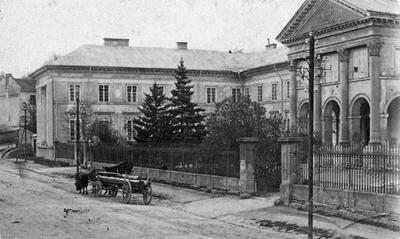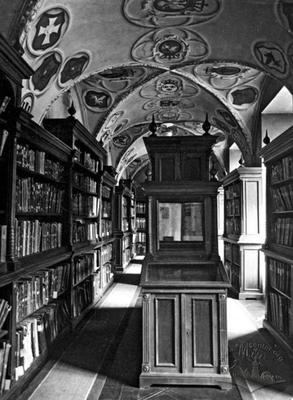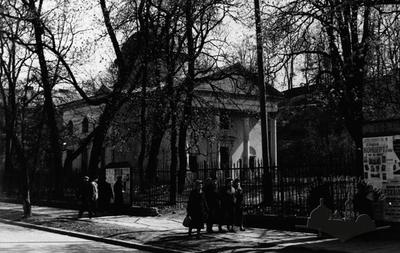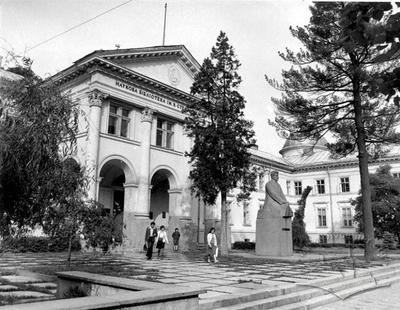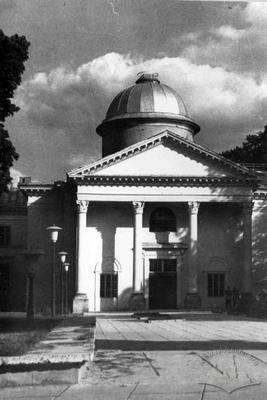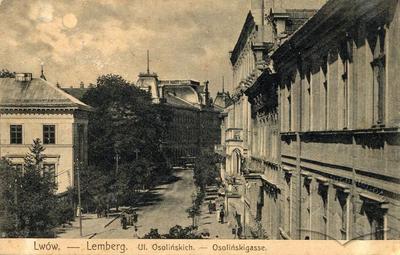ID: 311
Related buildings and spaces
People
Jerzy Borejsza
– A Polish writer.
Wincenty Pol
– This
popular Polish poet of the Romantic era was also one of the first geographers
in the world and a versatile scholar. Wincenty Pol travelled a lot and was
familiar with the nature and antiquities of Galicia. In 1866-1867, he collaborated
with conservator Mieczysław Potocki as a correspondent of the Central
Commission for the Protection of Monuments. During this time, he became a vocal
critic of the institution.
Ivan Stupnytskyi
– Fr. Ivan Stupnytskyi is an example of an
intellectual for whom, despite his religious rank, studies in numismatics and
archeology did not have a clearly religious basis, being rather a pleasure at leisure, which his education and high
social position allowed him. Chancellor of the Greek Catholic Church, bishop of
Przemyśl and deputy marshal of the Galician Diet, he also was a correspondent of the Viennese Central Commission for the
Protection of Monuments in 1866-1890.
Organizations
Матеріали з Міського медіаархіву

